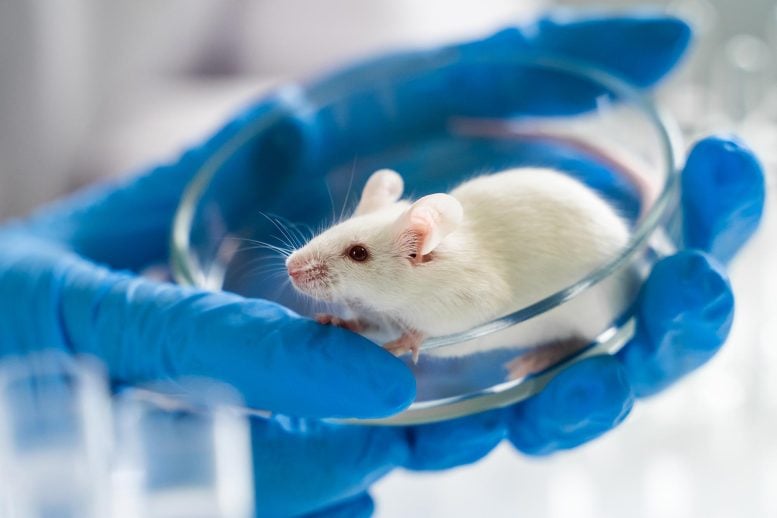Stanford Scientists Successfully Reverse Autism Symptoms in Mice – New Study/Science Updates
 Overactivity in the reticular thalamic nucleus was shown to cause autism-like behaviors in mice. Drugs that reduce this activity reversed the symptoms. Researchers at Stanford Medicine studying the neurological basis of autism spectrum disorder have found that excessive activity in a particular brain region may be responsible for driving behaviors commonly linked to the condition. […]
Overactivity in the reticular thalamic nucleus was shown to cause autism-like behaviors in mice. Drugs that reduce this activity reversed the symptoms. Researchers at Stanford Medicine studying the neurological basis of autism spectrum disorder have found that excessive activity in a particular brain region may be responsible for driving behaviors commonly linked to the condition. […]
Summary
Stanford Medicine researchers found that overactivity in the reticular thalamic nucleus (RTN) in mice caused autism-like behaviors. This discovery suggests a potential neurological basis for autism spectrum disorder. The study showed that reducing RTN activity with drugs effectively reversed these behaviors in the mice. This points to the RTN as a possible therapeutic target for treating autism, offering a potential avenue for developing new medications and interventions. The research provides valuable insight into the complex neurological underpinnings of autism and may pave the way for more targeted treatments.
Read more…
This post is part of “Science and Technology News”, Follow for more…!!!
Credits: Source
Disclaimer







